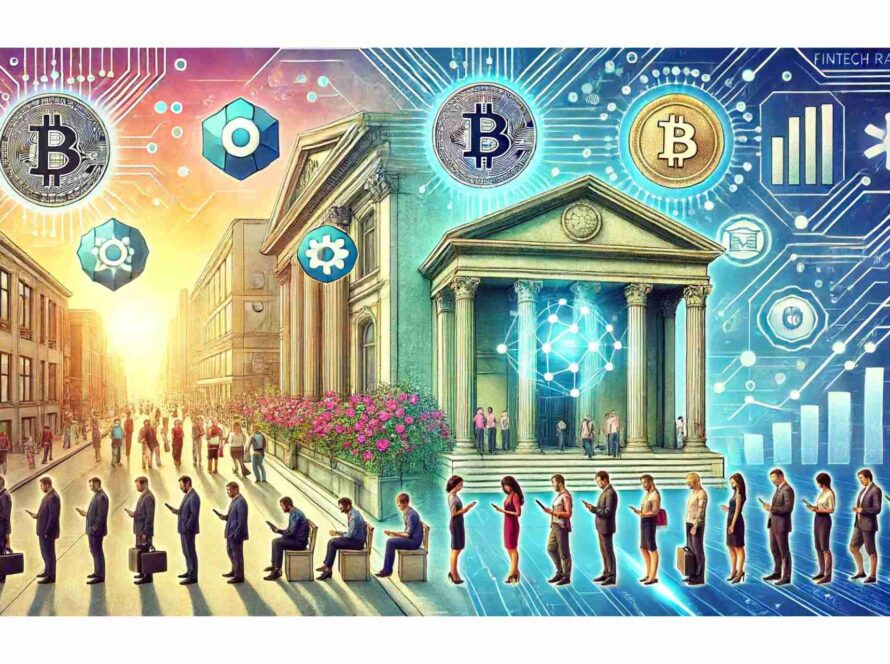Introduction
Africa is rich in mineral resources, yet this abundance has not translated into sustainable development for many of its nations. This paper examines the reasons behind this paradox, analyzing the socio-economic, political, and structural factors that hinder the effective utilization of Africa’s mineral wealth for development.
1. Resource Curse and Economic Diversification
The resource curse theory suggests that countries with abundant natural resources often experience less economic growth and worse development outcomes than countries with fewer natural resources.
Data Points:
- Africa holds 30% of the world’s mineral reserves, yet 43% of its population lives in extreme poverty (World Bank).
- Resource-rich countries in Africa, such as Nigeria and Angola, have experienced slower GDP growth compared to resource-poor countries (IMF).
Analysis:
- Economic Dependence: Over-reliance on mineral exports can lead to neglect of other economic sectors. For example, Nigeria’s heavy dependence on oil exports has hindered the development of its agricultural and manufacturing sectors.
- Volatility of Commodity Prices: Fluctuating global commodity prices can destabilize economies heavily reliant on mineral exports. The sharp decline in oil prices in 2014 led to economic recessions in several African countries.
2. Governance and Institutional Challenges
Weak governance and institutional frameworks often lead to mismanagement of mineral resources, corruption, and lack of transparency.
Data Points:
- Africa loses approximately $50 billion annually to illicit financial flows, largely from the mining sector (United Nations Economic Commission for Africa, UNECA).
- Countries with better governance indicators, such as Botswana, have managed their mineral wealth more effectively, achieving higher levels of development (Transparency International).
Analysis:
- Corruption: High levels of corruption can divert revenues from mineral resources away from public investment and social services. The Democratic Republic of Congo, despite being rich in minerals like cobalt and copper, ranks low on the Human Development Index due to pervasive corruption.
- Institutional Capacity: Weak regulatory frameworks and enforcement mechanisms can lead to exploitation and environmental degradation. Strengthening institutions and ensuring transparency in resource management are crucial for leveraging mineral wealth for development.
3. Infrastructure Deficits
Inadequate infrastructure is a significant barrier to the efficient extraction, processing, and transportation of mineral resources.
Data Points:
- Africa requires an estimated $170 billion annually in infrastructure investment, with only half of this need currently being met (African Development Bank, AfDB).
- Poor infrastructure increases operational costs and reduces the competitiveness of African mineral exports.
Analysis:
- Transport Networks: Insufficient road, rail, and port infrastructure can impede the movement of minerals to global markets. For instance, landlocked countries like Zambia face high transportation costs that reduce profitability.
- Energy Supply: Reliable and affordable energy is critical for mining operations. Many African countries face energy shortages and high electricity costs, limiting their ability to fully exploit mineral resources.
4. Human Capital and Technological Capabilities
The lack of skilled labor and technological capabilities hampers the development of value-added industries related to mineral resources.
Data Points:
- Sub-Saharan Africa has an average secondary school enrollment rate of 43%, compared to the global average of 66% (UNESCO).
- Investment in research and development (R&D) in Africa is less than 0.5% of GDP, compared to the global average of 2.2% (UNESCO).
Analysis:
- Education and Training: Developing a skilled workforce is essential for the mining sector and related industries. Countries like South Africa, which invest in education and technical training, have more advanced mining industries.
- Technology Adoption: Limited R&D investment restricts technological innovation and adoption in the mining sector. Enhancing technological capabilities can improve extraction techniques, increase efficiency, and reduce environmental impact.
Conclusion
The paradox of Africa’s mineral wealth lies in the complex interplay of economic, governance, infrastructure, and human capital challenges. Addressing these issues requires a multifaceted approach, including strengthening governance frameworks, investing in infrastructure, enhancing education and training, and promoting economic diversification. For professionals and investors, understanding these dynamics is crucial for making informed decisions that contribute to sustainable development in Africa.



References
- World Bank. (2020). The African Mining Vision. Retrieved from World Bank.
- International Monetary Fund (IMF). (2020). Regional Economic Outlook: Sub-Saharan Africa. Retrieved from IMF.
- United Nations Economic Commission for Africa (UNECA). (2020). Illicit Financial Flows Report. Retrieved from UNECA.
- Transparency International. (2021). Corruption Perceptions Index 2021. Retrieved from Transparency International.
- African Development Bank (AfDB). (2021). African Economic Outlook 2021. Retrieved from AfDB.
- UNESCO. (2020). Global Education Monitoring Report 2020. Retrieved from UNESCO.
Contact us today to try our free tools and a tailor made solutions for your business


